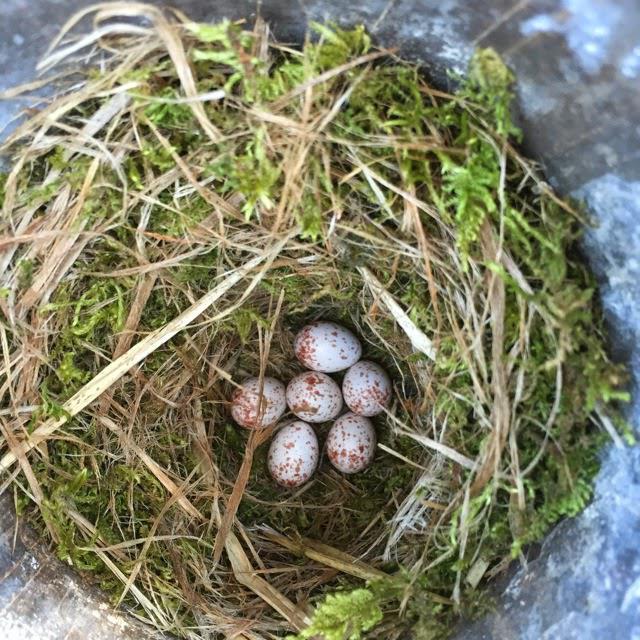In the natural world, the relationships between living creatures are extremely diverse. Animals, plants, fungi and microorganisms are very different from each other in lifestyle and body structure. At the same time, they live side by side and are constantly in contact. Scientists distinguish between types of communication between organisms, as well as types of relationships that can be positive, neutral and negative.
Types of Communication in the Ecosystem
- Trophic . One organism or population lives on this biotope, because there is food in this territory: animals that are hunted by individuals of this species, or plants that they consume. Animals do not leave this area, as this is a good place to live, breed. There is food here. An indirect trophic relationship is observed between competitive species. For example, a fox and an owl prey on the same prey - mice.
- Topical . Some species change their living conditions, while other species such changes are just suitable for life. For example, where pine trees grow, blueberries grow. A topical relationship is observed between these species . Blueberries do not grow in the fields, they gravitate to the burs.
- Foricheskie . One kind of organism spreads another. Distributors are animals. Zoohoria - spread pollen, seeds, plant spores. For example, a dog walks next to a burdock. A thorn with seeds clings to the coat. Such seeds come off by chance at a certain distance from the place of growth of the mother plant. Phorezia - organisms carry smaller animals. Like a cat infected with fleas, it can leave small invertebrates many kilometers from where they stuck.
- Fabric. Some organisms use other organisms or their metabolic products for construction. Birds build nests from branches, moss, fluff. Beavers build dams from trees. At the same time, organisms will not be able to build nests, houses and other structures without the necessary materials. They settle where such materials can be obtained. The bird, which should insulate the nest with moss, will not dwell where it is not.

Consider the types of relationships in the ecosystem.
Obligatory mutualism
In this case, two species are connected so that they die without each other. For example, lichen is a symbiosis of fungus and algae. Or symbiotic bacteria that digest fiber in the rumen of a cow, and the ruminant mammal itself.
Protocooperation
Two organisms of different species help each other. If they are together, then the life of each of them is much easier. Protocooperation is optional mutualism. For example, insects. Many of them are associated with angiosperms. Insect pollinated plants need invertebrate pollinators. Someone must transfer pollen to a female or bisexual flower, otherwise there will be no fruits with seeds. Reproduction is extremely important for any species.
Bumblebees, bees, butterflies feed on nectar. It would be difficult for them to survive without those insect-pollinated plants. This example is protocooperation. Because the insect in the absence of one species of plant can replace it with another. Such an optional relationship is a protocooperation - optional mutualism. Unlike another example: only a bumblebee can pollinate clover. Because only he has such a long proboscis, which reaches the nectar of this species of plant.
Protocooperation is an extremely interesting relationship in the world of wildlife. It gives scientists a great base for research.
For example, pine trees will not grow healthy and tall without symbiotic fungi. People decided to arrange acacia planting. Acacia died until scientists realized that there were no suitable mushrooms in the soil. Mushrooms themselves - boletus, fly agaric, Russula - do not form fruiting bodies (the fungus itself) without tree species.
Protocooperation is an important part of the ecosystem. It was formed during evolution, and now is an integral part of the natural world.
Commensalism
One organism uses another, while the second does not suffer from this and does not receive any benefit either. For example, a hyena eats up the remains of the meal of another larger predator. However, a lion or leopard may not even notice the lack of food that they have already thrown. Large predators by that time were hunting for a new prey. And hyenas feed. Food in the animal world takes the bulk of the time. A large predator provided food to a whole flock of hyenas.
Parasitism
One organism lives and eats in another. In this case, the owner suffers, but does not die. It is beneficial for the parasite to live longer. Glochidia on the gills of fish prolong the life of the owners in order to have time to complete their stage of the life cycle.
Predation
In this case, there is a victim who often dies. Predation is also called eating by herbivores of plants. Like a cow eating grass.
Neutralism
Two organisms, living on the same biotope, do not affect each other in any way. For example, a butterfly and a tiger.
Antibiosis
This is a relationship when one or both organisms harm the other. Competition belongs to this category: the wolf and the fox prey on the hare.
There are such different types of relationships in the ecosystem. Nature is rich in organisms of various structures. The relationship between them is interesting to both a simple observer and a scientist.